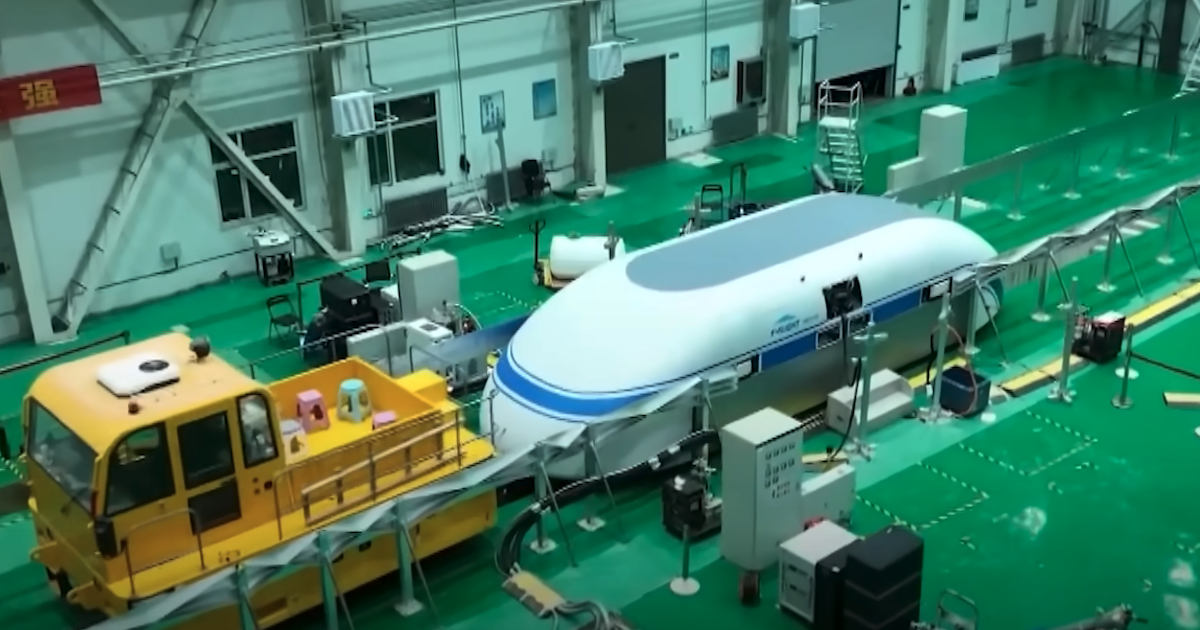
You might have heard Elon Musk talking about a hyperloop – a superfast maglev train – and thought it sounded like a pretty good idea.
And it does – except in China, it’s already a reality.
China Aerospace Science and Industry Corporation (CASIC) is running the project. It’s a state-owned company that makes pretty much anything aerospace you can think of.
Last year, the train was clocked at 387 miles-per-hour in a test run under non-vacuum conditions.
Now, they’re reporting the train has gone even faster in a low-vacuum tube. That proves the maglev technology – which uses magnetism to propel the train forward, as well as levitate it above the tracks, reducing friction – works as we’ve theorized.
The technology is coming along much faster (pun intended) than anyone imagined it would. They’ve quadrupled the train’s speed in a little over a year.
And get this: they’re not done yet.
CASIC has said their goal is to move maglev trains at speeds more than 620 miles-per-hour, and possibly as fast as 2,485 miles-per-hour.
Right now there are six maglev train systems in the world. Three are in China, two are in South Korea, and one is in Japan. They travel in the open air, though they’re looking at developing ones that use low-pressure tunnels.
Hyperloops, if you will.
The trains are super expensive and use a whole lot of energy. That, combined with the massive amount of dedicated infrastructure required to operate them, are roadblocks as far as more countries adding them to a daily routine.
I think it’s safe to say that in our “faster is better” world, this will eventually happen in more and more places.
The people with money just can’t resist.
If you think that’s impressive, check out this story about a “goldmine” of lithium that was found in the U.S. that could completely change the EV battery game.